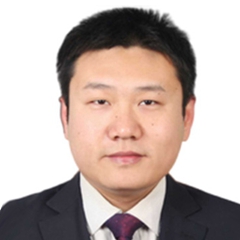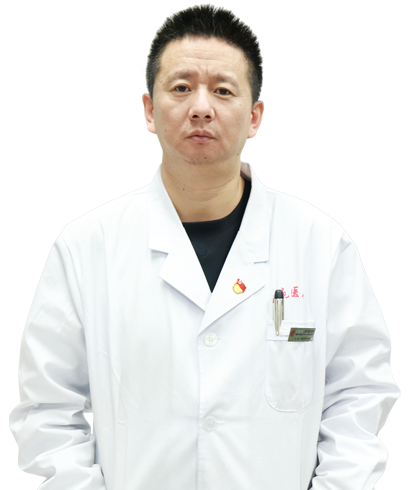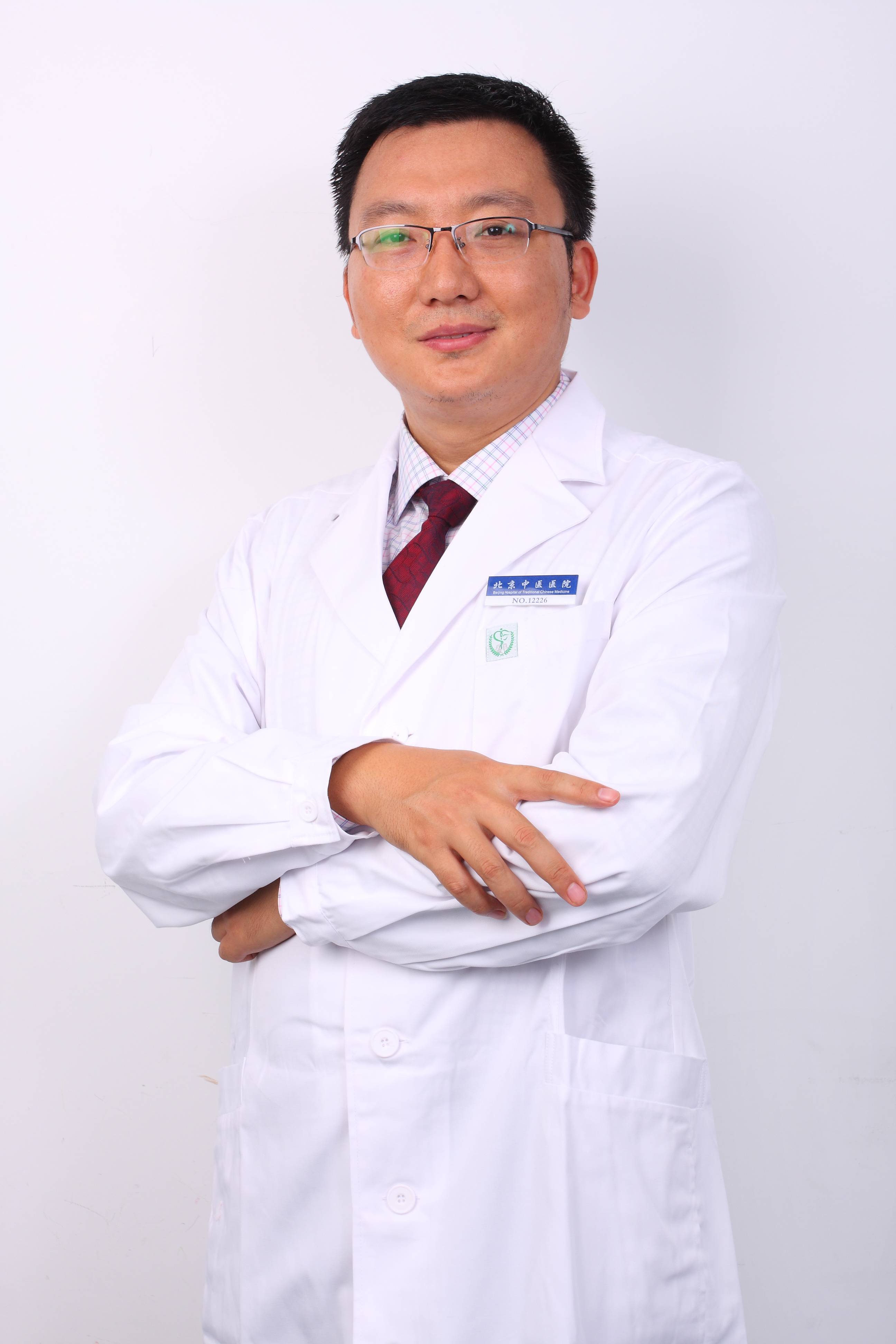What are the three causes of sudden cardiac death?
Generally speaking, there is no established concept of "three causes" of sudden cardiac death. Sudden cardiac death refers to death caused by sudden cardiac arrest, commonly occurring in patients with heart disease, but sometimes also in individuals who seem healthy. Sudden cardiac death is mainly caused by factors such as a history of heart disease, excessive fatigue, arrhythmia, hypertrophic cardiomyopathy, and acute myocardial infarction. If you experience any discomfort, seek medical attention immediately. Detailed explanations are as follows:
1. History of Heart Disease
Patients with heart disease may have abnormalities in the structure and function of the heart, such as coronary artery stenosis and cardiac valve lesions. These abnormalities are potential risk factors for sudden cardiac death and may lead to sudden cardiac death. Patients with a history of heart disease should undergo regular cardiac examinations at the hospital to monitor their heart health and promptly detect and treat potential cardiac problems.
2. Excessive Fatigue
Long-term physical labor or overexertion can increase the burden on the heart, potentially leading to myocardial ischemia. Severe cases may result in myocardial infarction and subsequently cause sudden cardiac death. It is important to manage work and rest schedules properly, avoiding prolonged engagement in high-intensity physical or mental work.
3. Arrhythmia
Arrhythmia may originate from multiple factors, including cardiac tissue damage, electrolyte imbalance, and medication effects. When ventricular arrhythmia occurs, the normal sequence of cardiac contraction and relaxation is disrupted, impairing the heart's ability to pump blood effectively, ultimately leading to sudden cardiac death. Symptoms such as palpitations and syncope may occur. Under the guidance of a specialist physician, an implantable cardioverter-defibrillator (ICD) may be used. Its mechanism involves delivering a strong electrical impulse to the heart to correct arrhythmia and restore normal sinus rhythm.
4. Hypertrophic Cardiomyopathy
Hypertrophic cardiomyopathy is primarily caused by endocrine disorders and hypertension. This condition leads to abnormal proliferation of myocardial cells and thickening of the ventricular wall, especially in the left ventricular outflow tract, impeding blood ejection from the ventricles and causing the aforementioned symptoms. Patients may also experience chest pain and syncope. It is recommended to follow medical advice for treatment with medications such as metoprolol tartrate tablets, bisoprolol fumarate tablets, and nifedipine tablets.
5. Acute Myocardial Infarction
Acute myocardial infarction has multiple triggering factors, such as smoking, diabetes, and emotional stress. Lipid deposition on the vessel walls forms plaques, which can rupture and activate the coagulation system, leading to thrombus formation that rapidly occludes the coronary arteries, causing myocardial ischemia and hypoxia, ultimately resulting in sudden cardiac death. Warning signs may include chest pain and shortness of breath. In emergency situations, immediate cardiopulmonary resuscitation (CPR) should be performed, and the patient should be promptly transported to the hospital for coronary stent implantation. This procedure involves delivering a stent via minimally invasive techniques to the narrowed or occluded coronary lesion, using the stent's expansive force to open the constricted vessel wall and restore normal blood flow.
Develop good habits regarding作息 (作息 should be replaced with an appropriate English term like "daily routines" or "rest and activity schedules") and ensure sufficient sleep. During the recovery phase, light activities such as walking may be appropriate, but strenuous exercise should be avoided to prevent cardiac discomfort.






